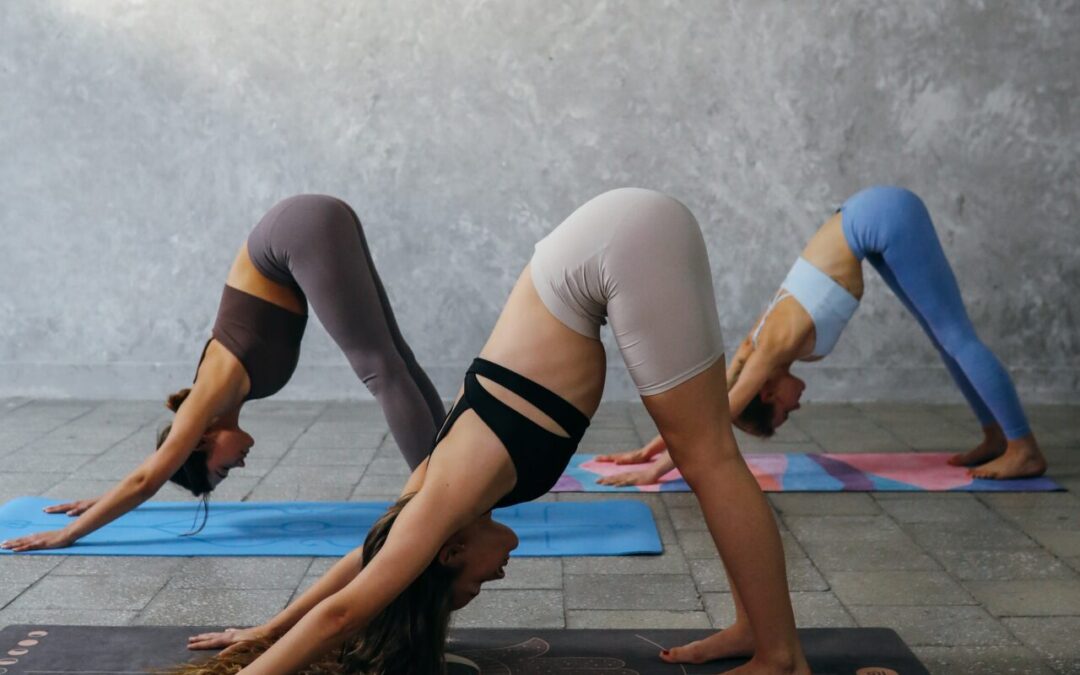I have previously written about how you yoga can help to release emotions such as anger, grief or anxiety, but one area where yoga has been able to assist physically and mentally is in the ability to help individual’s heal from trauma.
In this blog post, we will delve into the profound connection between yoga, body awareness, and trauma, exploring how the practice of yoga can offer healing and restoration for those who have experienced traumatic events.
Understanding Trauma:
Trauma is a deeply distressing or disturbing experience that overwhelms an individual’s ability to cope, leaving lasting emotional and psychological scars. Trauma can result from various sources, including physical or sexual abuse, violence, accidents, natural disasters, or significant loss. The effects of trauma can manifest in a myriad of ways, including anxiety, depression, PTSD (Post-Traumatic Stress Disorder), dissociation, and disrupted emotional regulation.
Body Awareness and Trauma:
One of the defining features of trauma is its impact on the body. Traumatic experiences often result in a disconnection from the body, as individuals may dissociate or numb themselves to avoid the overwhelming sensations associated with the trauma. This disconnection can lead to a lack of awareness of bodily sensations, tension, and discomfort, contributing to ongoing distress and dysregulation.
Yoga offers a unique approach to healing trauma by fostering a deeper connection with the body. Through mindful movement, breathwork, and meditation, yoga encourages individuals to cultivate awareness of bodily sensations, thoughts, and emotions in the present moment. By gently guiding practitioners to tune into their bodies with compassion and acceptance, yoga helps to rebuild a sense of safety and trust in the body, which is often compromised by trauma.
The Role of Body Awareness in Healing:
Body awareness, or the ability to perceive and interpret bodily sensations, is essential for trauma recovery. By reconnecting with the body and learning to listen to its signals, individuals can develop greater self-awareness, self-regulation, and resilience in the face of adversity. Yoga practices such as asana (physical postures), pranayama (breathwork), and meditation provide powerful tools for enhancing body awareness and promoting healing.
Asanas, or yoga postures, invite practitioners to explore movement, strength, and flexibility in a mindful and non-judgmental way. Through conscious movement and breath awareness, individuals can release tension and stored trauma from the body, promoting relaxation and a sense of grounding. By gradually building strength and flexibility, yoga empowers individuals to inhabit their bodies with confidence and ease, reclaiming a sense of agency and control over their physical experience.
Pranayama, or breathwork, is another integral aspect of yoga that supports trauma healing. Deep, rhythmic breathing techniques help to regulate the nervous system, promoting relaxation and reducing symptoms of anxiety and hypervigilance commonly associated with trauma. By learning to breathe deeply and consciously, individuals can cultivate a sense of calm and centeredness, even in the midst of difficult emotions or triggers.
Meditation practices, such as mindfulness meditation, offer further support for trauma recovery by fostering present-moment awareness and non-reactivity to internal experiences. By observing thoughts, emotions, and bodily sensations with curiosity and compassion, individuals can develop greater insight into their patterns of reactivity and learn to respond to stressors with greater resilience and equanimity.
The Mind-Body Connection:
The connection between the mind and body is undeniable, and trauma affects both in profound ways. Yoga serves as a bridge between the two, offering a holistic approach to healing that addresses the interconnectedness of physical, mental, and emotional well-being. By integrating mindful movement, breathwork, and meditation, yoga helps individuals to reconnect with their bodies, cultivate self-awareness, and process unresolved trauma in a safe and supportive environment.
Yoga offers a powerful pathway to healing for those who have experienced trauma, providing tools and practices to reconnect with the body, cultivate self-awareness, and foster resilience in the face of adversity. By embracing the principles of mindfulness, compassion, and acceptance, individuals can embark on a journey of self-discovery and transformation, reclaiming their sense of wholeness and vitality. As we continue to explore the connection between yoga, body awareness, and trauma, may we honor the resilience and courage of all those on the path of healing.
Natalie Hore – Yoga Teacher (Trauma Sensitive Certified), Mindset Coach, Facilitator

